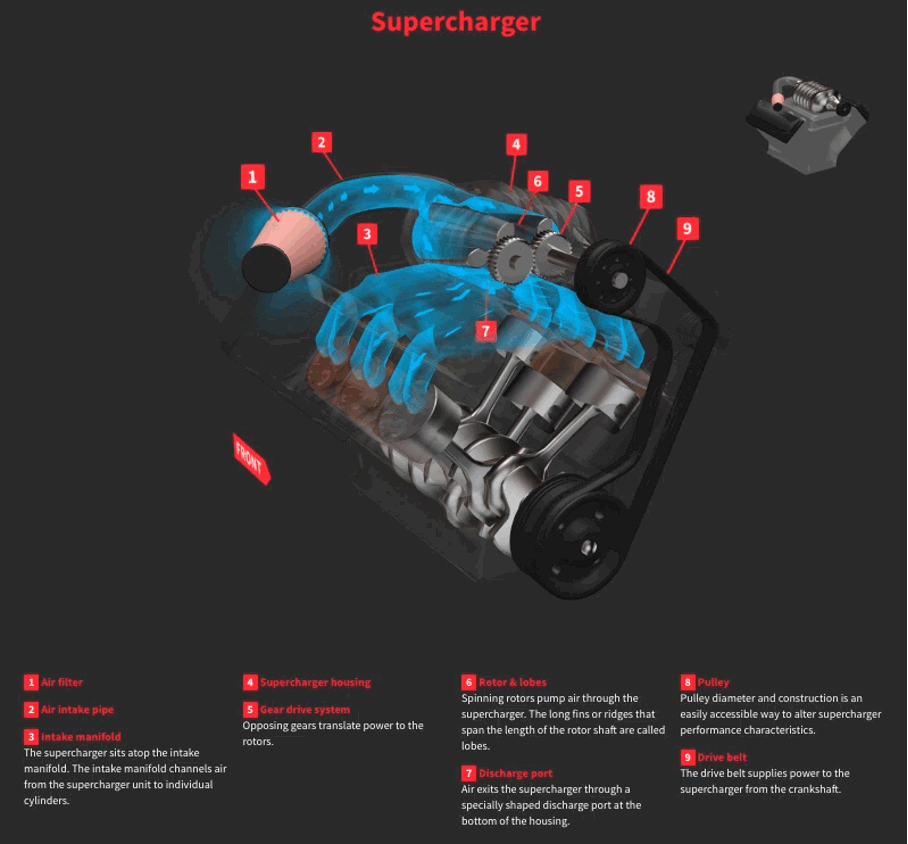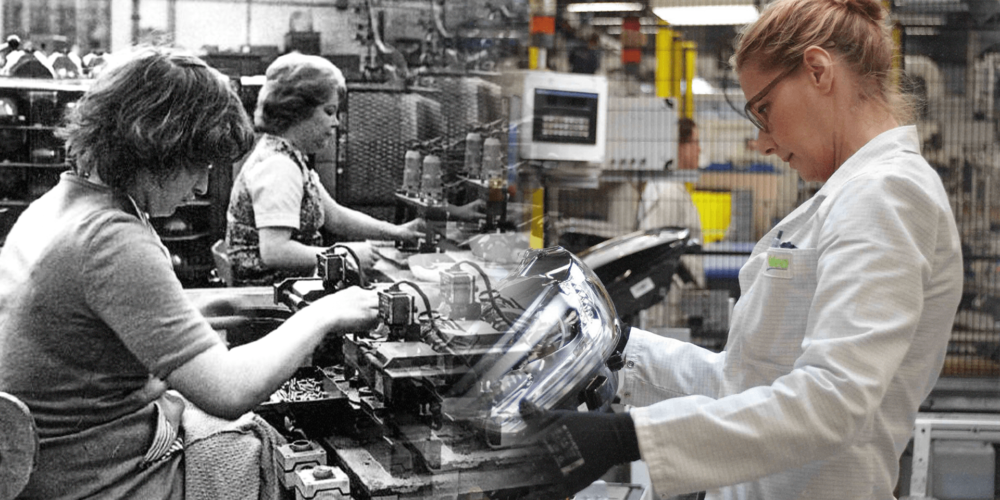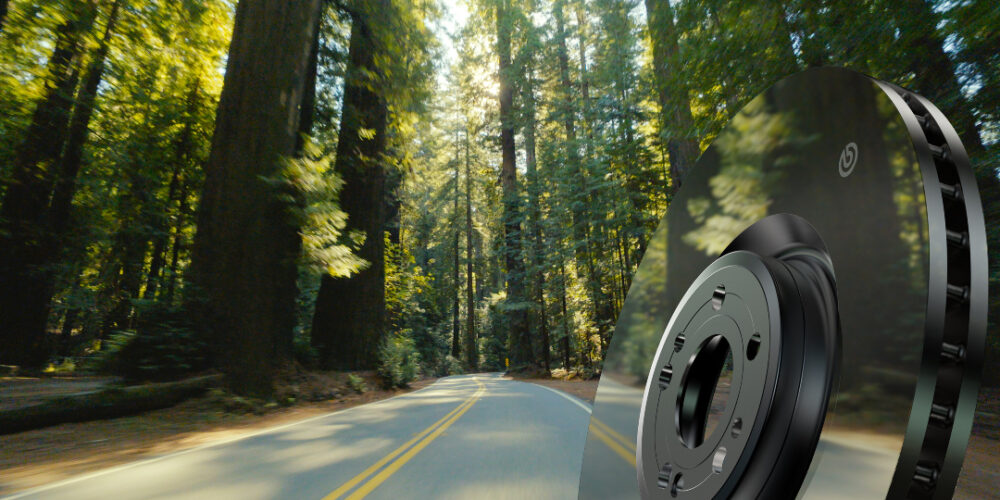It takes but it gives – the compressor as a supercharger
For a long time, the compressor and the turbo battled with each other for the title of number one power booster for internal combustion engines. In the end, the turbo won but the supercharger never completely disappeared, thanks primarily to tuning enthusiasts – especially in the United States.
In this article, we will show you what makes this device work differently and why the turbocharger was able to beat it after all.
Definition
In internal combustion engines, the compressor compresses the intake gas, forcing more air into the engine to produce more power for a given piston displacement.
Under current categorization, this supercharger is a form of forced induction, driven mechanically (usually by a belt from the engine’s crankshaft), as opposed to a turbocharger which is driven by the kinetic energy of the exhaust gases. However, up until the middle of the 20th century, a turbocharger was called a “turbocharger” and was considered a type of supercharger.
Historical overview
In 1849, G. Jones in Birmingham, England began manufacturing a pump compressor for coal mine ventilation. In 1860, the Roots Blower Company (founded by brothers Philander and Francis Marion Roots) in the United States patented a design for an air mover for blast furnaces and other industrial applications. Both this air mover and the Birmingham ventilation compressor used a design similar to the later Roots-type compressors.
In March 1878, German engineer Heinrich Krigar obtained the first patent for a screw compressor. The design was a two-lobed rotor with identically shaped rotors but the design did not reached production phase.
Also in 1878, Scottish engineer Dugald Clerk designed the first supercharger to be used with a motor. This supercharger was used in a two-stroke gas engine. In 1885, Gottlieb Daimler received a German patent for supercharging an internal combustion engine. Louis Renault patented a centrifugal supercharger in France in 1902.
Basic types
Two main families of superchargers are distinguished according to the method of gas transfer: positive displacement and dynamic superchargers. Positive displacement superchargers provide an almost constant increase in boost pressure at all engine speeds (RPM), while dynamic superchargers cause boost pressure to increase exponentially with RPM (above a certain RPM threshold). Another family of superchargers – although rarely used – is the pressure wave supercharger.

Compressor in an internal combustion engine (source: www.wikipedia.org)
Roots-blowers (with positive displacement design) typically achieve only 40-50% efficiency at high charge levels, compared to 70-85% for dynamic superchargers.
Lysholm-style blowers (rotary screw design) are almost as efficient as dynamic superchargers in the narrow range of load/speed/stroke which the system must be specifically designed for.
Facing the turbo
Turbocharged engines use energy from the exhaust gas that would normally be wasted, as opposed to a compressor that mechanically extracts energy from the engine. Therefore, turbocharged engines tend to produce more power and better fuel economy than supercharged engines.
However, the phenomenon of turbo lag, which develops due to gas lag, kept compressors in competition for a very long time.
For a very long time, turbocharging was out of the question in areas where throttle response is key, such as drag racing and tractor-pulling racing.
The duel shifted in the direction of the turbo when the turbo lag was reduced to a fraction of its original size with different solutions (changeable geometry, electric supercharger, etc.).
On the other hand, the disadvantages of the compressor, such as the loss of useful power on the crankshaft, have remained until now.
Application in the automotive industry
The world’s first mass-produced supercharged cars were the 1.6-liter Mercedes 6/25 HP and the 2.6-liter Mercedes 10/40 HP, both of these cars’ production began in 1923. It was marketed as a “Kompressor” model, a term used for various models until 2012.
Supercharged race cars around this time included the 1923 Fiat 805-405, the 1923 Miller 122, the 1924 Alfa Romeo P2, Sunbeam’s 1924 Grand Prix season, the 1925 Delage, and the 1926 Bugatti Type 35C.

Supercharged GM LSJ power source (source: www.wikipedia.org)
Among the most famous supercharged cars is the Bentley Blower which was introduced in 1929.
In the 21st century, supercharged mass-produced car engines are becoming less and less common, as manufacturers switched to turbocharging in order to achieve higher fuel consumption and performance as it was mentioned in the previous chapter.
Mercedes-Benz engines from the early 2000s (such as the C230K straight-four, C32 AMG V6 and CL55 AMG V8) were replaced around 2010 by turbocharged engines in models such as the C250 and CL S65 AMG. There are exceptions, however, such as the Audi 3.0 TFSI supercharged V6 (introduced in 2009) and the Jaguar AJ-V8 supercharged V8 (upgraded to Gen III in 2009).
Today, turbos have typically replaced compressors on most continents.
Twincharging
In the 1985’s and 1986’s World Rally Championships, Lancia entered the Delta S4, which featured both a belt-driven supercharger and an exhaust-driven turbocharger. During the design, a complex series of bypass valves and an electromagnetic clutch were used in the induction and exhaust systems, so that the charge received from the compressor at low engine speed.

Lancia Delta S4 (source: www.wikipedia.org)
In the middle of the speed range, both systems charged, while at the highest speed the control electronics disconnected the drive from the compressor. The purpose of this was to take advantage of the advantages of each charging system while eliminating the disadvantages. This approach added complexity and affected the reliability of the car in WRC competitions, as well as increased the weight of additional engine components in the finished design.
Twin-supercharged engines have also occasionally been used in production cars, such as the 2005-2007 Volkswagen 1.4L and the 2017 Volvo B4204T43/B4204T48 2.0L four-cylinder engines.













